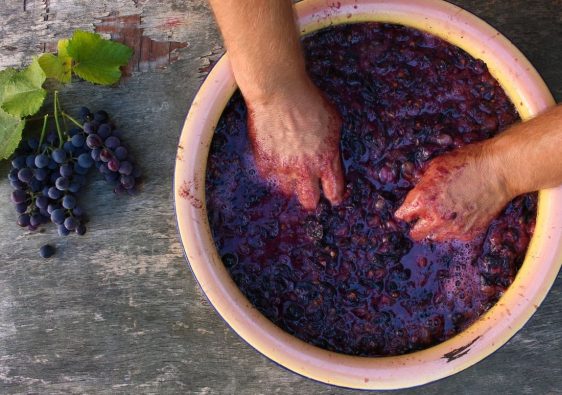Unfiltered wines are a trend in wine drinking nowadays. The natural, back-to-the-roots, organic, and authentic kind of wine is labelled as healthy compared to filtered types. But, is there a difference or significance in choosing wine types?
Filtered vs Unfiltered: What’s the Difference?
Filtered wines are those whose yeasts and microbes, technically raw wine or blind wine, undergo filtration processes. They are similar to popular home water filtration units. The wine is cleared from these unwanted particles and retains its purity before bottling.
Unfiltered wines are those that skip the filtration process, but this doesn’t mean they remain cloudy. This type of wine is produced by settling the yeast down and siphoning the liquid after the yeast particles have settled down. It produces the same quality as filtered wine without the expensive and intricate filtration machines and processes.
Does unfiltered wine have better taste?
There is no major change or improvement in taste with unfiltered wine compared to filtered types. The particles have no part in improving the flavours or the yeast bringing flavour factors to the wine.
But what makes unfiltered wine risky?
It is in the second filtration process that makes wine safe for consumption. Removing this process would expose your wine to the dangers of spoiling and biochemical damages in wine quality.
The factor behind the spoilage of unfiltered wine is the bacteria that are retained in it. Although the yeast has been settled and the liquid is siphoned, the bacteria don’t settle down with the yeast and go along with the liquid. This organism can alter chemical structures in the wine and can make it go bad or worse.




